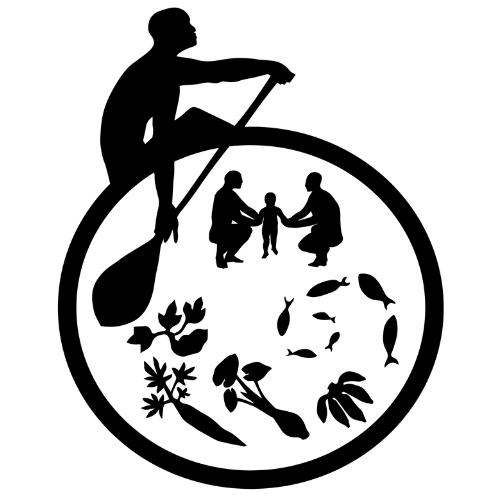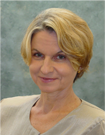
THANK YOU!
CHL staff and community partners across the region, who have been working hard to measure young children in selected communities. We are well on our way to having information to describe young child health status in the region. Thank you also, to staff and partners that are working on building and blending community efforts for healthy eating and active play of young children and their families. The CHL scholarship trainees are in their second semester, and have become integral members of the CHL team, while building an individual project area. Thank you for taking the time to read about CHL!
Professor Rachel Novotny, PhD, RD
Principal Investigator and Program Director, Children’s Healthy Living Program
From the editor
We would like you to meet some staff and our fabulous CHL scholarship students. Meet our Featured CHL Staff, Dr. Jang Ho Kim, from the CNMI by clicking here. And, our students, here. Don’t forget to click on the links underneath the photos for some nice introductions to these learners. We’re excited about share them with you in this issue of the CHL Newsbrief!
Alaska
CHL Alaska
Winter in Alaska brings short days, cold weather and travel delays. This winter has been slightly colder than usual, as can be seen by a visit to the Alaska climate center (http://climate.gi.alaska.edu/). In Fairbanks, the coldest day historically falls about mid-January, the record low being -66F (-54C) even though the days are already substantially longer than at winter solstice. Currently Fairbanks is gaining about 7 minutes of sunlight daily, the necessary course en route to spring equinox on 20 March, when the whole world has the same length of day. For those starting gardens from seed locally, flowers are started the first week of March and some vegetables, such as celery, tomatoes and peppers, are started by the second week. The first frost-safe day of planting is Memorial Day.
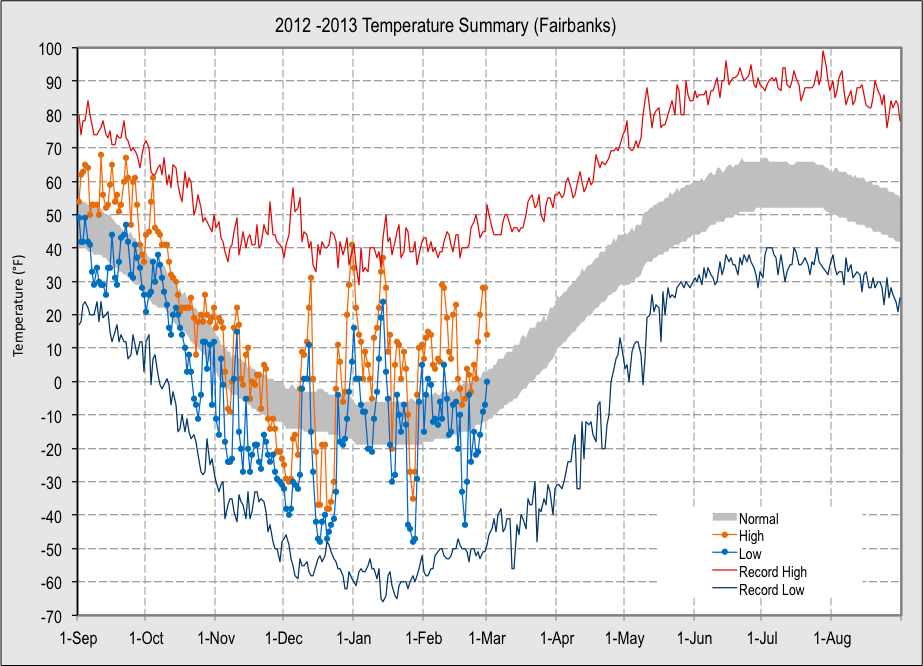
What does that mean for the CHL program in Alaska? School gardens, food stands, and farmer’s markets are places where local children experience the benefits of local food production, and are sites where CHL is involved. Community supported agriculture (CSA) is vibrant in all four Alaska CHL communities, which includes Anchorage, Fairbanks, Kenai and Palmer. We are currently focused on Fairbanks and Kenai, where we are building partnerships with the CSA projects, existing community wellness programs and local food retailers. Throughout the winter we have been collecting baseline measurements in our CHL communities, including recreational facilities, food retail outlets, day care facilities and schools, and height, weight, activity and demographic information of children at various day care facilities. Of particular interest are the existence and effectiveness of day care wellness policies.
Alaska’s two CHL graduate students, Rachel Garcia and Ron Standlee-Strom are making great progress in their degree programs. With one semester of course work taken care of, they are beginning to define their particular research interests and have each drafted a research prospectus. Simultaneously, both are active participants in the ongoing CHL research program. Rachel has been pivotal in collecting our anthropometric measurements and Ron has recruited and guided a local cooperative day care facility through the CHL measurement program.
Alaska Cooperative Extension district agents are currently involved with participant recruitment. Their existing network of contacts has been crucial to the successful development of the CHL program, both in child and parent participation and with engaging local wellness networks. With Extension involvement in the program from the beginning, we are laying the groundwork for a smooth transition from program development to sustained child wellness activities.
American Samoa
CHL American Samoa
In January, the CHL team from American Samoa began its effort to measure 180 children, 2- to 8-years of age, from each of six communities on Tutuila Island. On January 11 we visited Aua Elementary School, which houses two classrooms of the Early Childhood Education, or Head Start, program. Nearly 50 parents and guardians of the 3- and 4-year-old students met with us despite a heavy downpour most of the day. All of the children were measured for height, weight, and waist circumference, examined for signs of a darkening of the skin behind the neck (a possible sign of pre-diabetes), and fitted with a wrist accelerometer to record their physical activity over six days. We made a subsequent visit to the school on January 25, where we repeated the above assessment on 47 five-year-olds attending kindergarten. During February, we will return to measure students in first and second grade in order to meet our goal of 180 children from the Leloaloa/Aua Community. Once we finish in this community, we will begin our measurements in the next community which extends from Utusia to Fagaitua. We will also begin working with partner agencies to implement intervention strategies in Leloaloa/Aua to address childhood obesity.
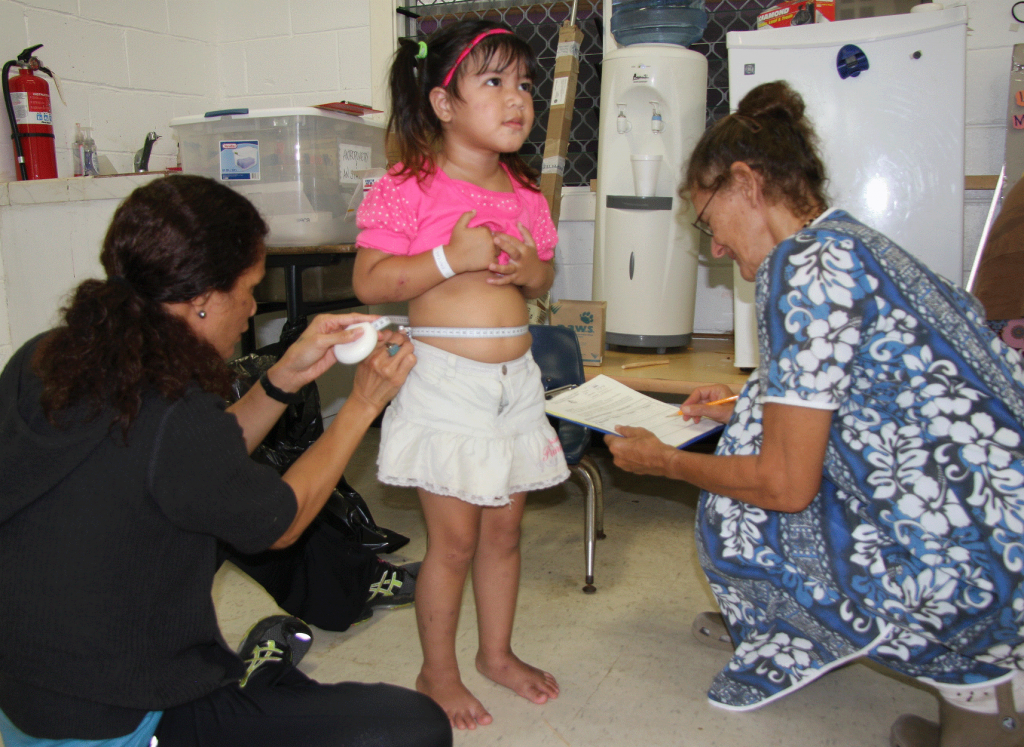

Commonwealth of the Northern Mariana Islands
CHL Commonwealth of the Northern Mariana Islands
Team CNMI has been preparing for the Intervention phase of the CHL Program. Recently, efforts have been focused on plans for school and community gardens. CREES Aquaculture Program Leader Michael Ogo and Agriculture Program Leader Arnold Route have been working with the local CHL team to devise a plan to increase consumption of locally grown produce in a manner that is affordable, user-friendly, sustainable, and increases nutritious produce availability.
According to local farmer, Sid Cabrera, who has tested one of the proposed techniques to be used in CHL’s community garden settings, “I believe that this technique will enable young children and families to potentially grow some of their own produce.” The local CHL team enjoyed taste testing the “Sid Salad” with homemade dressing. The salad was delicious, the team reports!

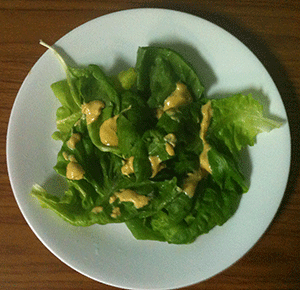
Role model training is also on the horizon as the CHL team has teamed up with the CNMI Diabetes Coalition, a group made up of various government, private sector, and citizen health advocates, to identify and train role models from the villages of Kagman, Tanapag, and San Roque. Rose Castro who is leading the effort mentioned that, “There seems to be a good amount of interest and enthusiasm in training women from the respective villages as role models. These women can really make a positive impact on the health of young children in their villages.” The CNMI CHL team is particularly excited that the training manual was developed in collaboration with the various CHL jurisdictions, CNMI included.
Freely Associated States of Micronesia
CHL Freely Associated States
Dr. Jonathan Deenik, Dr. Jodie Leslie, and Dr. Marie Fialkowski traveled to Palau January 21-23, 2013 to collaborate with Palau Community College (PCC) on a nutrition curriculum planning meeting at PCC. The meeting resulted in the development of outlines for four possible courses addressing nutrition for the pacific region and obesity prevention. Discussions are ongoing regarding course development and ways to implement at both a local and regional level.
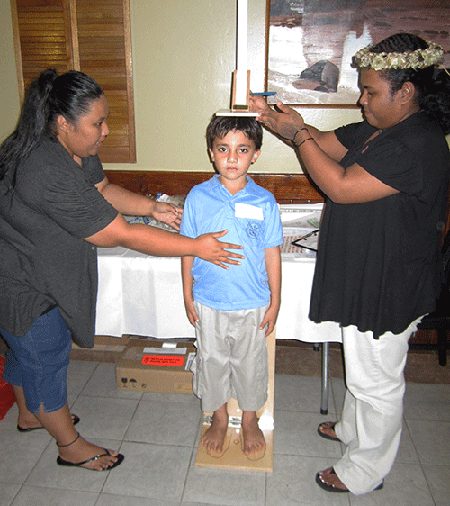
The CHL FAS team has just completed a successful meeting in Pohnpei (February 11-15, 2013) to begin planning a prevalence study on childhood over and under-nutrition in the FAS region. Dr. Rachel Novotny, Dr. Lynne Wilkens, and Dr. Fialkowski of the CHL Coordinating Center were present to offer guidance and assistance to the CHL FAS team. FAS team members present during this meeting were: Dr. Jonathan Deenik, Dr. Rally Jim, Emihner Johnson, and three newly hired FAS CHL staff (Shelly Remengasau of Palau, Joeleen Riklon of Marshall Islands, and Yvonne Pangelinan of Chuuk State in the FSM). The FAS team began the rigorous measurement standardization process and began setting dates for the implementation of the prevalence survey. The meeting brought positive discussions from regional and local perspectives regarding some of the challenges facing the team as they embark on this ambitious regional survey.
|
|
Lastly, a total of 25 CHL scholarship applications have been submitted for review from the FAS so far.
Guam
CHL Guam
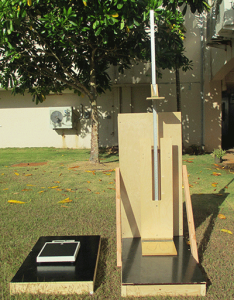
In the past quarter, our recruitment and measurement team continued efforts in baseline data collection. We worked with our community partners such as Head Start, elementary schools, day cares, mayor’s offices, and churches in the recruitment of participants. The team would like to send out a “dangkalo na si yu’us ma’ase” (big thank you) to all our partners and communities that have supported and participated in the CHL program.
The team has gone a step further by being able to go out and measure participants not only in schools and community/senior centers, but outdoors as well. The team is equipped with pop up tents, tables, chairs, and even platforms designed to be used as a base for the stadiometers and scales. With the team’s ability to be mobile, we were able to increase participation by working with neighborhoods within the village by coming directly to them. To date, we have completed measurements in the village of Yigo and are almost done with Yona. Baseline data collection for the villages of Agat and Sinajana are scheduled for February until mid-March.
On January 17th and 18th, Dr. Marie Fialkowski was on island to conduct a quality assessment of the data collection. She was able to accompany us to Yona and take notes on the team’s field procedures. In the office, she observed our filing methods and gave us feedback on how we can improve.
In Yigo, we met with the new mayor to discuss the potential in developing walking trails with edible landscapes around the senior center and the baseball field. In Yona, St. Francis School hosted a workshop on “Starting a Garden with Sheet Mulch” in collaboration with several members of the Non Communicable Disease Consortioum (NCD) and the University of Guam Cooperative Extension Service. Seventy community members and children attended with great interest. The new mayor of Yona was in attendance and we discussed the potential of starting community gardens as well as a village night market. The mayor was very enthusiastic.
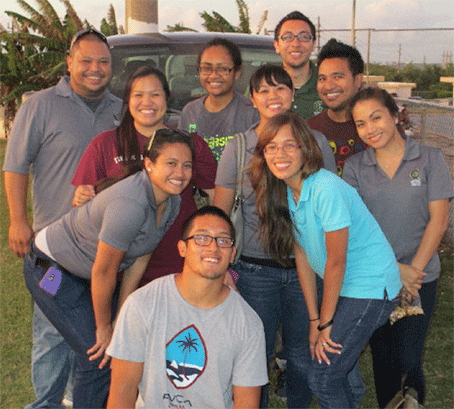
Hawai‘i
CHL Hawai‘i
The Hawaii team has been busy collecting baseline measurements. Maloha nui loa to our community partners that have been so helpful in recruiting keiki and their parents to participate in our program! CHL Hawaii would like to acknowledge the Recruitment and Measurement Teams as they have played a central role in baseline data collection, which has been underway since late October 2012. Both teams have acted as ambassadors of CHL, bringing smiles to the families and keiki alike. Their ability to connect with the keiki makes the measurement process fun. To quote one young keiki, “Auntie, are you coming back again next week?” Along with their positive attitudes the teams bring measurement expertise and recruitment capabilities to the communities of Hawaii.
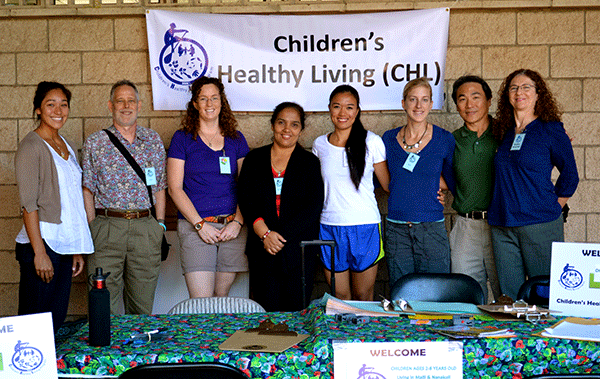
Our dedicated team members have various backgrounds and expertise. The triad of Katalina McGlone PhD, Recruitment lead, Al Tachibana, CHL Research Associate, and Lia McCollum CHL Research Associate, make up our recruitment team. They have established a good relationship with our community partners and families and are continuing to build relationships as we move to the neighboring islands for more measurements!
On the measurement side – Aaron Fong, former valedictorian of ‘Iolani School ‘08, is assisting the team while he also pursues a career in medicine. Katherine Roberts background in human nutrition science is key to providing community member’s food log instruction and demonstrations. On staff we also have a Registered Dietitian, Jennifer Mafnas, who is currently pursuing a degree in Nursing. Mira Sharma oversees accelerometer tracking and downloading. Mira brings with her many years of teaching and working with children. She also earned her Master Degree in Social Work at the University of Hawaii at Manoa. Former census worker, James Donahue, is skillfully assisting participants with form completion while also helping with child measures such as height, weight, and waist circumference. Kathleen Johnson, a Registered Dietitian and a CHL Research Associate leads the measurement team.
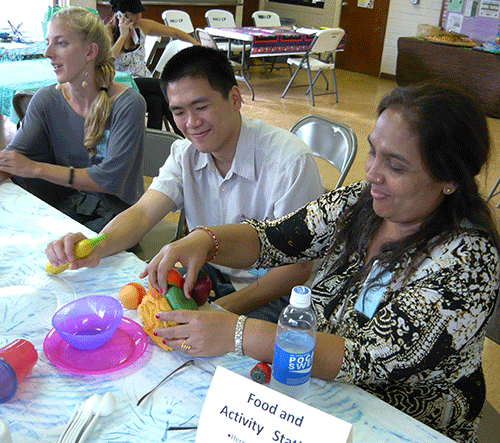
The work can be complicated and the measurement days can be tiring but the current CHL Recruitment and Measurement teams provide calm and lightheartedness to the collection of baseline data. Many thanks to both our Recruitment and Measurement Teams!
